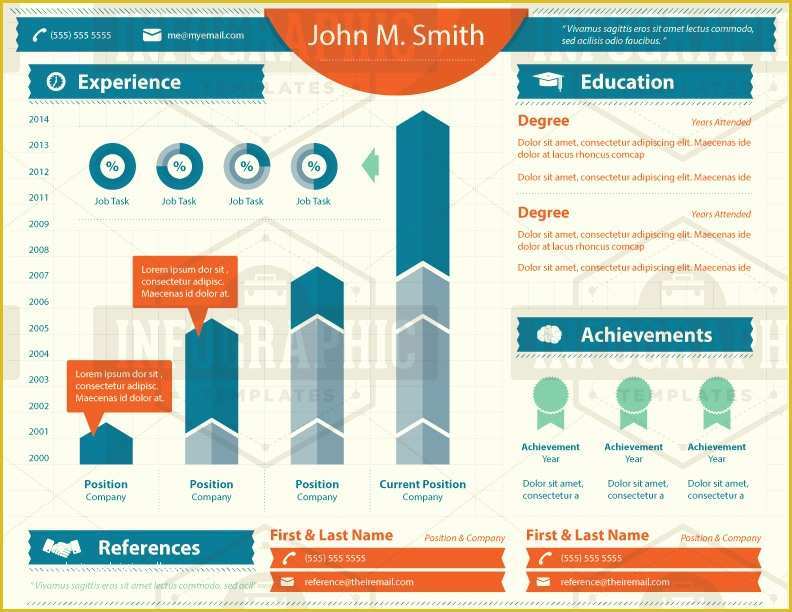
Job transformation, with workers utilizing the AI to speed up or improve tasks output, is extremely likely in many of these scenarios. However, while certain repetitive and predictable tasks can be automated, others that require intangibles like creative input, understanding cultural nuance, reading social cues, or executing good judgement cannot be fully hands-off yet.Īnd keep in mind that AI exposure isn’t limited to job replacement. The potential impact of ChatGPT and similar AI-driven models on individual job titles depends on several factors, including the nature of the job, the level of automation that is possible, and the exact tasks required. Will AI’s Impact on the Job Market Be Good or Bad? However, occupations with a greater level of on-the-job training had the least amount of work tasks exposed, compared to those jobs with little-to-no training. Professionals with higher education degrees also appeared to be more greatly exposed to AI impact, compared to those without. The paper found that jobs with higher wages have a higher exposure to LLM-based AI (though there were numerous low-wage jobs with high exposure as well). OpenAI analyzed correlations between AI exposure in the labor market against a job’s requisite education level, wages, and job-training. Artificial Intelligence Impacts on Different Levels of Jobs But, patterns are beginning to emerge for job-seekers and industries that may have to contend with artificial intelligence soon. Likewise, the in-person service industry is also expected to see minimal impact from these kinds of AI models. Naturally, hands-on industries like manufacturing, mining, and agriculture were more protected, but still include information processing roles at risk. Here’s a list of jobs that are likely least exposed to large language model AI disruption. On the flipside, not every job is likely to be affected.


However, science and critical-thinking jobs within those industries negatively correlate with AI exposure. Perhaps unsurprisingly, “information processing industries” that involve writing, calculating, and high-level analysis have a higher exposure to LLM-based artificial intelligence. Generally, jobs that require repetitive tasks, some level of data analysis, and routine decision-making were found to face the highest risk of exposure. One human model found 15 additional “fully exposed” jobs that were not listed. One AI model found a list of 84 additional jobs that were “fully exposed”, but not all were listed. Here is a list of jobs highlighted in the paper as likely to see (or already seeing) AI disruption, where AI can reduce the time to do tasks associated with the occupation by at least 50%.Īnalysis was provided by a variety of human-made models as well as ChatGPT-4 models, with results from both showing below: JobsĮditor’s note: The paper only highlights some jobs impacted. The Jobs Most and Least at Risk of AI Disruption One-fifth of the workforce belonged to an occupation where 50% of work tasks would be impacted by artificial intelligence. OpenAI found that 80% of the American workforce belonged to an occupation where at least 10% of their tasks can be done (or aided) by AI.

Thus, the results include both jobs where humans could possibly use AI to optimize their work, along with jobs that could potentially be automated altogether. “A proxy for potential economic impact without distinguishing between labor-augmenting or labor-displacing effects.” – OpenAI Key to the paper is the definition of what “exposed” actually means:

industries and jobs most “exposed” to large language models like GPT, which the chatbot ChatGPT operates on. The OpenAI working paper specifically examined the U.S. This infographic from Harrison Schell visualizes the March 2023 findings of OpenAI on the potential labor market impact of large language models (LLMs) and various applications of generative AI, including ChatGPT. Many of these skills are used by workers in their jobs across the world, which begs the question: which jobs will be transformed, or even replaced, by generative AI in the coming future? ChatGPT could comprehend and answer a variety of different questions, make suggestions, research and write essays and briefs, and even tell jokes (amongst other tasks). The AI chatbot stunned users with its human-like and thorough responses. On November 30, 2022, OpenAI heralded a new era of artificial intelligence (AI) by introducing ChatGPT to the world. Jobs Most Impacted by ChatGPT and Similar AI Models


 0 kommentar(er)
0 kommentar(er)
